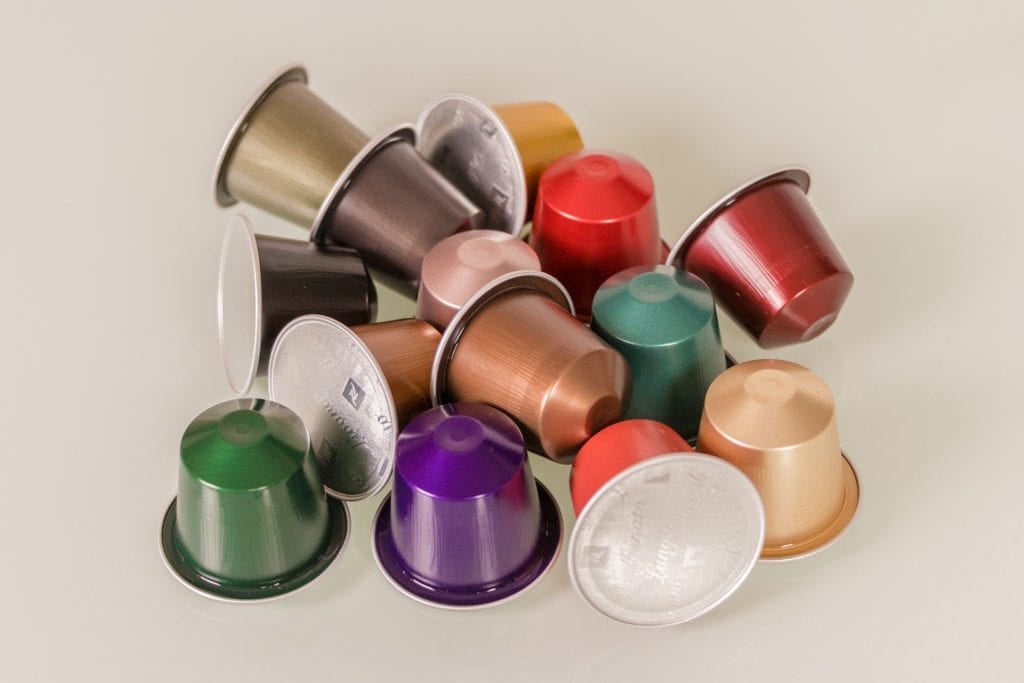Two out of every three Spanish households already have coffee makers to coffee capsules. Gone are the romantics of the past and that traditional aroma in many houses. As in many others innovations, they hide lights and shadows behind a system that has captivated many consumers. There are few young lovers of the second drink most consumed in the world who do not consider having these machines. More than 20 years after Nespresso triumph in the market, it is time for balance sheets, to analyze pros and its cons.
Currently, all the big coffee brands and the big private labels also market their product in capsules. The comfort, cleaning and simplicity their elaboration have captivated the market. The consumer also values the homogeneous quality and a wide variety of flavors and intensity.

Not just coffee
First of all and, listening to the experts of the world of coffee, it should be recognized that the quality is optimal. Creating a simple numbering to identify the intensity coffee has made it possible to adapt to different tastes and have a great variety that reaches the large consumer. Regarding quality, there are many mixtures of different qualities, but they are highly accepted by a consumer who, today, does not care much about the origin, varieties and sustainability of the product.
Experts emphasize that they have bet more on the intensity of the coffees of robust variety, which are also cheaper, than for the taste more fruity and less intense of the coffees arabic.
Another great controversy one of the detractors of this type of coffee machine was the use of aluminum in the capsule, since it was said that they could be carcinogenic. Everything was denied, because in addition to using a thin layer of plastic on the coffee capsules that protect it, the pressures to which they are subjected are 15-20 bars, well below 50 bars, a level above which there may be a risk of contamination with aluminum.
Currently, alternative brands to the first brands already use coffee capsules plastic or other materials. With this system, not only coffees are sold, but many other drinks that also contain milk, cocoa… It is in these products where compositions with added sugars, palm oil, emulsifiers, aromas and other components that the consumer should be aware that they are consuming.

Cleaning, an issue to improve in homes
One of the main reasons for using this type of coffee maker is its simplicity and that it is really a clean system. However, it has been found that although the system is very clean, should improve housekeeping, since in the lower tray there are traces of coffee and water where they proliferate bacteria.
One of the tasks to improve with capsule coffee makers It is the cleaning of the equipment itself, which must be done periodically. Better cleaning results in the quality of the coffee and the life of the coffee maker.
Environment, the pending subject
Undoubtedly, the big problem of this system is sustainability with the environment. Mixing a metal such as aluminum with the remaining organic matter in the coffee hinders later recycling. Although aluminum and plastic can be continuously recycled, the process of extracting the grounds coffee makes it expensive, complicated and non-viable for all the millions of capsules consumed in the world on a daily basis. Also the consumer should be aware of this.
La best alternative to this day seems to be the use of capsules biodegradable, since they only take six months to disappear. Also the use of capsules reusable, as well as making the consumer aware of the fact that the simplicity of the system can have a high environmental cost for the ecosystem.

Price in coffee capsules
The great acceptance of coffee capsules in the market in recent years has made it one of the products that have been used in Spain to calculate the cost of living since 2017. It is certainly one of the most expensive ways to drink coffee. It is estimated that it is between six and seven times higher than the cost of making it with coffee in grain. Despite all this, the system continues to triumph and lead the way of drinking coffee.







